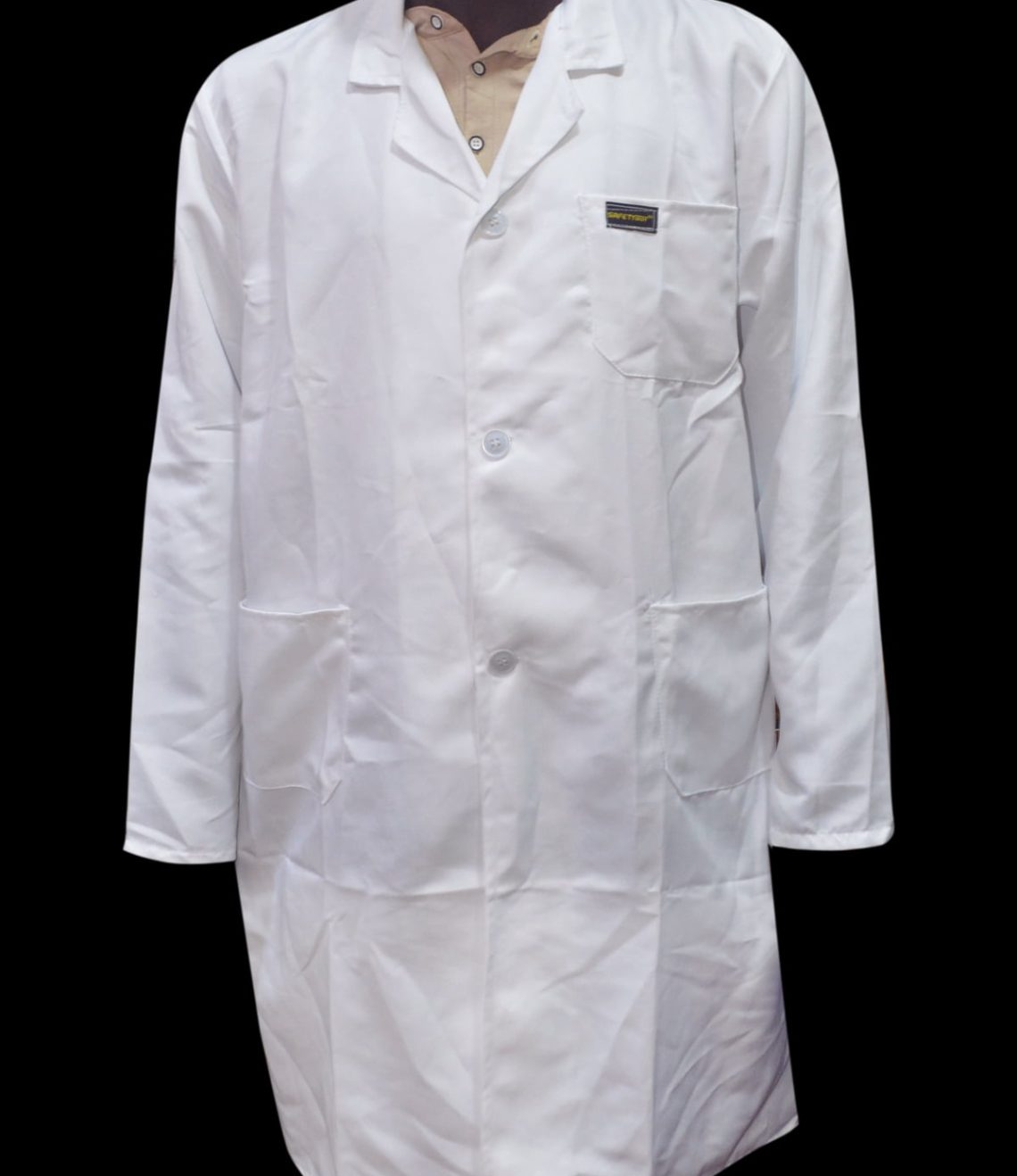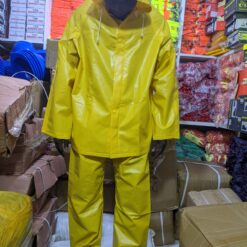Express Deliveries countrywide.
White overcoat

This PVC wear, also known as PVC clothing or PVC apparel, refers to garments made from Polyvinyl Chloride (PVC) fabric. PVC is a synthetic material known for its durability, water resistance, and versatility. PVC wear is often used in various applications, including rainwear, protective clothing, fetish wear, and fashion apparel.
Quantity:
Continue Shopping
Category: pvc wear
Description
PVC wear, also known as PVC clothing or PVC apparel, refers to garments made from Polyvinyl Chloride (PVC) fabric. PVC is a synthetic material known for its durability, water resistance, and versatility. PVC wear is often used in various applications, including rainwear, protective clothing, fetish wear, and fashion apparel. Here are some key features and considerations of PVC wear:
PVC Fabric: PVC fabric is a type of coated fabric where a layer of polyvinyl chloride is applied to a base material, typically a woven or knitted textile. The PVC coating provides the fabric with its characteristic properties, such as water resistance, oil resistance, and a glossy or shiny appearance.
Water Resistance: PVC wear is highly water-resistant, making it suitable for rainwear and protective clothing that needs to keep the wearer dry in wet conditions. The PVC coating prevents water from penetrating the fabric, keeping the underlying clothing or body protected.
Durability: PVC wear is known for its durability and resistance to wear and tear. The PVC coating adds strength to the fabric, making it resistant to abrasions, punctures, and some chemicals. This durability makes PVC wear suitable for rugged environments or activities where the garments may be exposed to rough conditions.
Easy Maintenance: PVC wear is relatively easy to clean and maintain. It can typically be wiped clean with a damp cloth or sponge, and some garments can be machine-washed on a gentle cycle. However, it is important to follow the care instructions provided by the manufacturer to ensure the longevity and integrity of the PVC fabric.
Glossy Appearance: PVC wear often has a shiny or glossy appearance due to the PVC coating. This feature gives the garments a distinctive look and can be desirable for certain fashion styles or fetish wear.
Comfort and Breathability: Traditional PVC fabric is not known for its breathability, as it is less permeable to air compared to natural fabrics. However, advancements in PVC fabric technology have led to the development of breathable and more comfortable PVC materials that incorporate breathable layers or perforations to enhance airflow and reduce heat buildup.
Environmental Considerations: PVC wear is made from PVC, which is a synthetic material derived from petrochemicals. PVC has been subject to environmental concerns due to its manufacturing process and potential for chemical release. However, there are efforts to develop more sustainable alternatives to traditional PVC fabric, such as recycled or bio-based PVC, as well as explore eco-friendly coatings and finishes.
It is important to note that while PVC wear offers specific benefits such as water resistance and durability, it may not be suitable for all applications or personal preferences. Some individuals may have sensitivities or discomfort when wearing PVC garments due to its lack of breathability. It is advisable to consider these factors and choose appropriate PVC wear based on the specific needs and requirements of the intended use.

